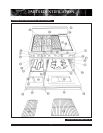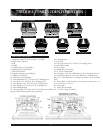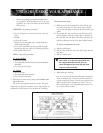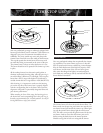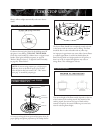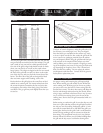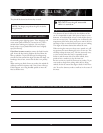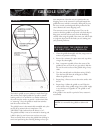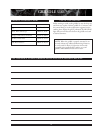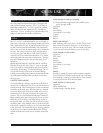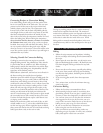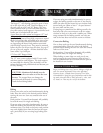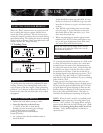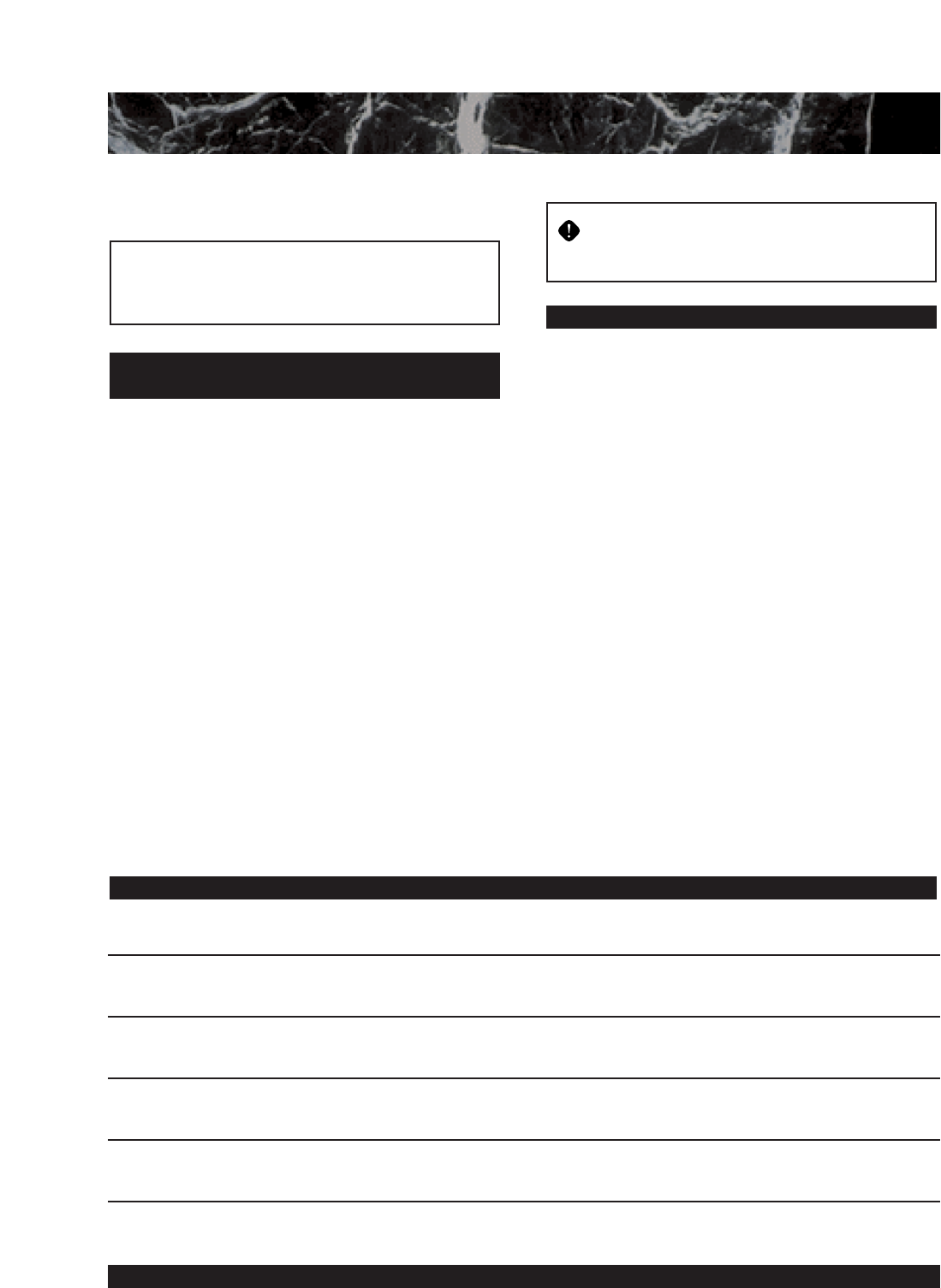
GRILL USE
They should be cleaned each time they are used.
Occasionally grease drippings ignite. These drippings will
create minor puffs of flame for a second or two. This is
normal when cooking on a barbecue. You may find it
handy to have a spray bottle filled with water to lightly
spray the flare-up.
If the flame becomes excessive, remove the food from the
grill. Lower the heat setting. Replace the food when the
flare-up subsides. To prevent flare-ups from happening,
trim the fat from around the edges of steaks and chops, use
hamburger that is lean, remove the fat that is on poultry,
etc.
When turning any kind of meat or poultry, the melted fat
will drop onto the briquettes and it may create a flare-up.
If this happens, use a long handled spatula to move the
food to another area.
The doneness of meat is affected by the thickness of the
cut. It is impossible to cook a thin piece of meat to a rare
doneness. A steak should be at least 1-inch thick to have it
turn out rare and juicy. The cooking time is affected by the
temperature of the meat when you start to cook it, the size
and shape of the cut and the kind of meat you are cooking.
The degree of doneness desired also affects the time.
When turning the meat over always use a spatula as it will
not puncture the meat allowing the juices to run out. This
will help to keep the meat juicy. Turn the meat only once,
as juices are lost when the meat is repeatedly turned.
Season or salt the meat after it has been cooked, these
products have a tendency to dry the meat out.
Be sure to trim any excess fat from meat or poultry. To pre-
vent steaks or chops from curling while they are being
cooked, slit the fat around the edges at about 2-inch inter-
vals. To test for doneness, make a small cut in the center of
the meat.
GRILLING HINTS
DO NOT
leave the grill unattended
while it is turned on.
EXCESSIVE FLARE UPS and FLAMING
NOTE: The longer you preheat the grill, the darker
the grill marks.
12
USE THIS SPACE TO SAVE GRILLING NOTES AND YOUR FAVORITE RECIPES:




